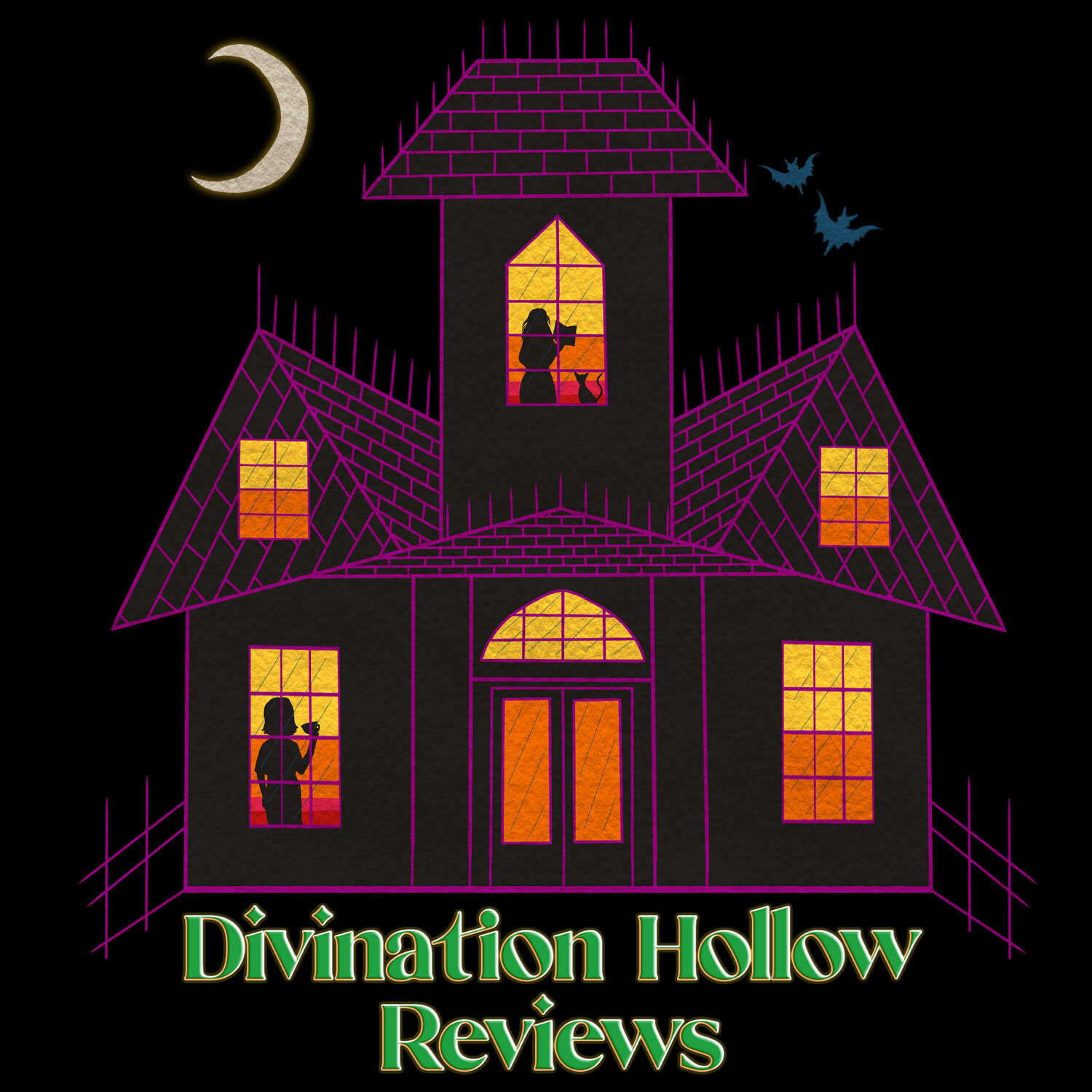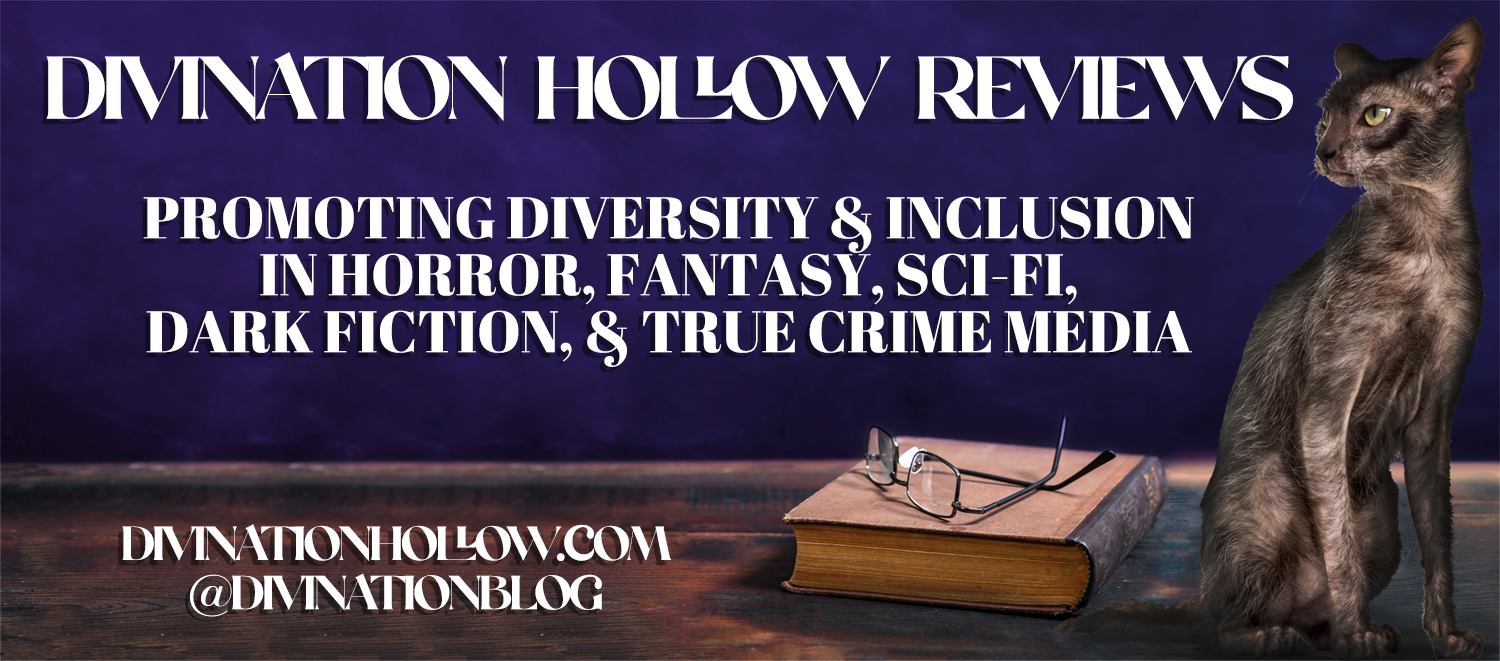Book Review: Histories of Mgo by Edwin Callihan
Published by Castaigne Publishing
A secret world spreads its tendrils across time in Histories of Mgo, the new collection from Edwin Callihan.
These 10 stories are a masterclass in Weird fiction, ranging from contemporary cosmic horror to eerie, old-school fantasy. There’s a strong pulp influence; at the same time, Callihan’s depictions of a slippery, sinister reality recall Thomas Ligotti, while the dingy vibe and strong occult overtones complement the works of indie horror contemporaries (and sometime collaborators) Sam Richard, Joe Koch, and Evan Dean Shelton.
Many of the tales feel like heavy metal albums come to life. The gore is grotesque: we see people beheaded in rituals, massacred in battle, mutilated as performance art. The unknown fates of those taken by magic are somehow even more horrible.
Callihan is able to build sympathy (and sometimes animosity) for his characters without beating the reader over the head. Collection opener “The Womb” places us in the mind of a misanthrope; the character is vile without being cartoonish, a few tossed-off quips sufficient to display the depths of his contempt. (When his scantily-clad wife feigns a chill to lure him into bed, he’s not aroused but annoyed, as if she’s trying to scam him). While there’s a touch of dramatic irony to his fate, the story never becomes a morality play.
In Mgo, there is no morality.
A number of these stories are written from a first-person POV, and each narrator has a distinct voice. Even when their motivations are so alien as to be inexplicable (as with the flesh-mortifying comedian in “He Who Knock’s ‘Em Dead”), we still get a strong sense of their personalities, obsessions, and vices.
The settings also feel lived-in. Callihan lets us flip through mouldering volumes in a rare bookshop, inhale the stench of spilled beer and weed smoke in a squatter house, chew the raw meat of a wealthy cannibal’s feast. Grimy details that keep us tethered to the story, even when the action gives way to phantasmagoria.
The mysticism is at turns visceral and esoteric. Callihan takes occult horror tropes – ritual sacrifices, forbidden tomes that summon demons, portals to other dimensions – and imbues them with a fresh terror, dragging them into a realm where shadows seem darker, abysses deeper.
Take, for instance, this passage from “The Chasm of Vyprk,” as a barbarian conqueror hesitates before descending into the titular cavern:
“He slayed the Beast of Zeval, rid the Outskirts of ghouls, and stomped the skulls of the subterranean vampyric cults hiding beneath his great city of Mgo.
But this.
Nothing could match this terror… Actual evil… Pure evil… Waited for his arrival.”
Yeah, when characters speak of “evil” in these stories, we believe them.
What’s especially cool about this book is the illusory, ephemeral nature of the setting. Mgo is sometimes a physical place and sometimes a state of mind; in some stories it presents as an ancient civilization lost to time, while in others it exists alongside a futuristic dystopia. “The Chasm of Vyprk,” for example, is classic sword-and-sorcery, a grimdark take on Robert E. Howard, set in a world of warriors and wizards. “He Who Knocks ‘Em Dead,” “Born Under the Master’s Spell,” and “The Last Kommand” appear to pick up thousands of years later, in desolate cities where an entity known as The Man uses black magic alongside modern technologies – weapons, drugs, broadcast systems – to control and torture his populace.
While these stories echo each other, the linkages are so hazy it’s unclear if they’re set in the same universe, or perhaps a circuit of possible universes that feed into each other. For instance - is Mgozk resistance leader Zelmoda in “The Last Kommand” a descendant of the lovely Zelmoda who was willingly sacrificed to the black sun in “The Chasm of Vyprk”, or are they somehow one and the same?
Other entries take place, more or less, in our world, where wealthy weirdos will abandon their own humanity to get a glimpse of the pornographic, cannibalistic excesses of Mgo. These “realistic” stories are no less inventive than Callihan’s fantasies. My personal favourite, “Necrozoic,” imagines blasphemy and black metal in the time of the dinosaurs. Another highlight, the rock-n-roll nightmare “It Works Every Time,” casts Star Wars actor Billy Dee Williams as a malign deity worshipped by street punks.
This book lends itself well to repeated visits, as readers try to tease out the through-lines between stories and piece together the truth of Mgo, secure in the knowledge that – like Lovecraft’s elder gods – much of that truth will remain safely beyond our comprehension.
Review by Madison McSweeney
Twitter: @MMcSw13
Instagram: madison.mcsweeney13




